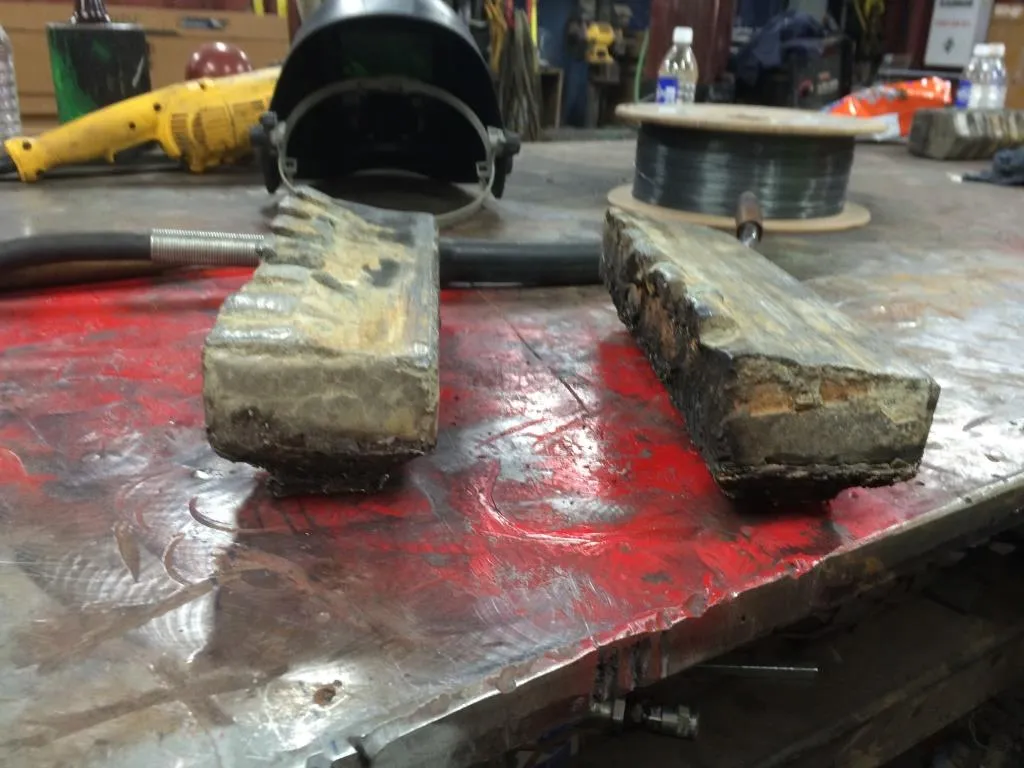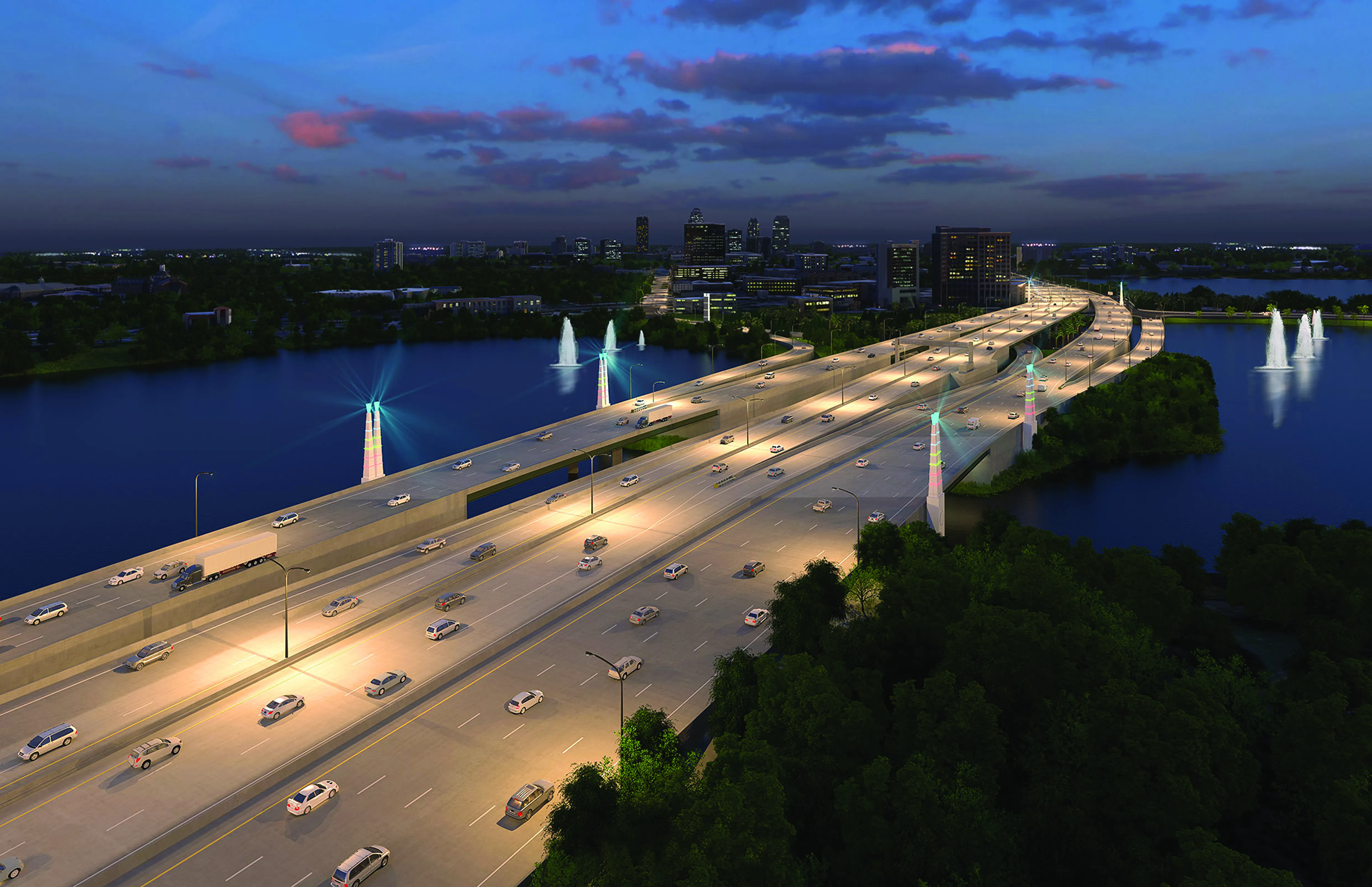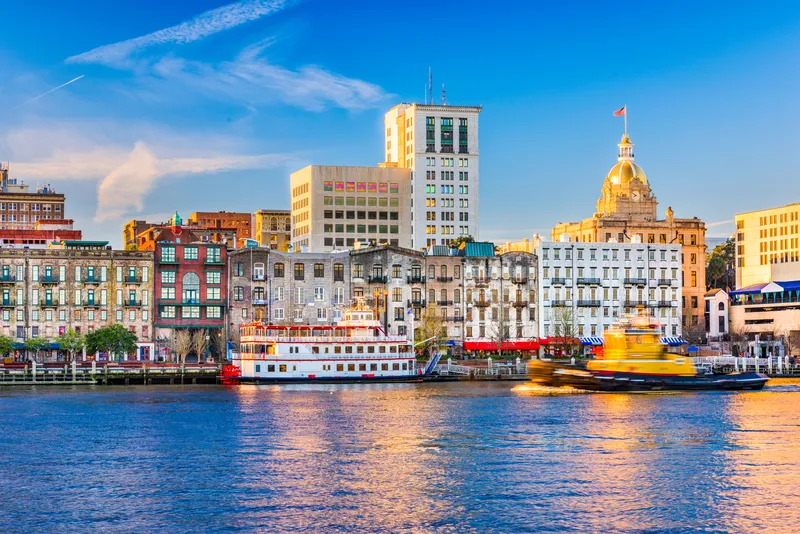Bertha, the tunnelling machine that is making its way under the US city of Seattle, has restarted work after nearly three weeks of scheduled maintenance downtime.
The machine has been sitting more than 51m underground while crews replaced of 14 large cutting tools, according to the Washington State Department of transportation. Each tool weighs just under 275kg.
Bertha - as the SR 99 tunnelling machine is called – is working on the Alaskan Way Viaduct Replacement Program. The Alaskan Way is an elevate
September 19, 2016
Read time: 3 mins

Bertha, the tunnelling machine that is making its way under the US city of Seattle, has restarted work after nearly three weeks of scheduled maintenance downtime.
The machine has been sitting more than 51m underground while crews replaced of 14 large cutting tools, according to the914 Washington State Department of transportation. Each tool weighs just under 275kg.
Bertha - as the SR 99 tunnelling machine is called – is working on the Alaskan Way Viaduct Replacement Program. The Alaskan Way is an elevated section of State Route 99 along Seattle’s downtown waterfront. It was built in the 1950s and over time has degrades to the point that it is deemed to have an increasing vulnerability to earthquakes. Seattle is along a major tectonic plate dividing line that runs up the west coast of North America to Alaska.
The Alaskan Way Viaduct Replacement Program is a joint project of the Washington State Department of Transportation, King County, Seattle and the Port of Seattle and the Federal Highway Administration. The project will have two lanes each direction, at a toll rate not yet set.
Apart from the 3.2km tunnel beneath downtown Seattle, the project includes 1.6km stretch of new highway, an overpass, demolition of the viaduct’s downtown waterfront section and finally a new Alaskan Way surface street along the waterfront that connects SR 99 to downtown
Berth is now tunnelling north from First Avenue, just north of Union Street. “Bertha has moved from clay to a mixture of sand and gravel that wears down cutting tools more quickly,” the WSDOT said.
Since it started boring in 2013, Bertha has tunnelled more than 1,2690m (4,135 feet) and is nearing the halfway point of its 2,825m (9,270-foot) journey. The boring machine is sitting at the lowest point in the tunnel route and will being a gradual ascent to the exit port.
According to local media, Bertha was making headway at a little over 12m per day. But a breakdown in late 2013 after only 330m or so threw the project off schedule.
The Highway 99 tunnel is expected to open in 2019, three years late. The Consortium Seattle Tunnel Partners signed the deal in early 2011 with a winning bid of US$1.44 billion.
This summer, STP said it expects to open the tunnel to traffic in early 2019 and there could be around $223 million in cost overruns because of the two-year stoppage.
Seattle Tunnel Partners is a joint venture of New York-based4761 Dragados USA, a wholly owned subsidiary of Dragados - the construction division of ACS Group of Spain – and Tutor Perini Corporation, based California. Subcontractors include Frank Coluccio Construction and Mowat Construction for construction and HNTB Corporation and Intecsa-Inarsa for design.
The entire tunnel route, including descriptions of each of the 10 zones through which Bertha is mining, can be found on the project’s Follow Bertha page.
The machine has been sitting more than 51m underground while crews replaced of 14 large cutting tools, according to the
Bertha - as the SR 99 tunnelling machine is called – is working on the Alaskan Way Viaduct Replacement Program. The Alaskan Way is an elevated section of State Route 99 along Seattle’s downtown waterfront. It was built in the 1950s and over time has degrades to the point that it is deemed to have an increasing vulnerability to earthquakes. Seattle is along a major tectonic plate dividing line that runs up the west coast of North America to Alaska.
The Alaskan Way Viaduct Replacement Program is a joint project of the Washington State Department of Transportation, King County, Seattle and the Port of Seattle and the Federal Highway Administration. The project will have two lanes each direction, at a toll rate not yet set.
Apart from the 3.2km tunnel beneath downtown Seattle, the project includes 1.6km stretch of new highway, an overpass, demolition of the viaduct’s downtown waterfront section and finally a new Alaskan Way surface street along the waterfront that connects SR 99 to downtown
Berth is now tunnelling north from First Avenue, just north of Union Street. “Bertha has moved from clay to a mixture of sand and gravel that wears down cutting tools more quickly,” the WSDOT said.
Since it started boring in 2013, Bertha has tunnelled more than 1,2690m (4,135 feet) and is nearing the halfway point of its 2,825m (9,270-foot) journey. The boring machine is sitting at the lowest point in the tunnel route and will being a gradual ascent to the exit port.
According to local media, Bertha was making headway at a little over 12m per day. But a breakdown in late 2013 after only 330m or so threw the project off schedule.
The Highway 99 tunnel is expected to open in 2019, three years late. The Consortium Seattle Tunnel Partners signed the deal in early 2011 with a winning bid of US$1.44 billion.
This summer, STP said it expects to open the tunnel to traffic in early 2019 and there could be around $223 million in cost overruns because of the two-year stoppage.
Seattle Tunnel Partners is a joint venture of New York-based
The entire tunnel route, including descriptions of each of the 10 zones through which Bertha is mining, can be found on the project’s Follow Bertha page.









